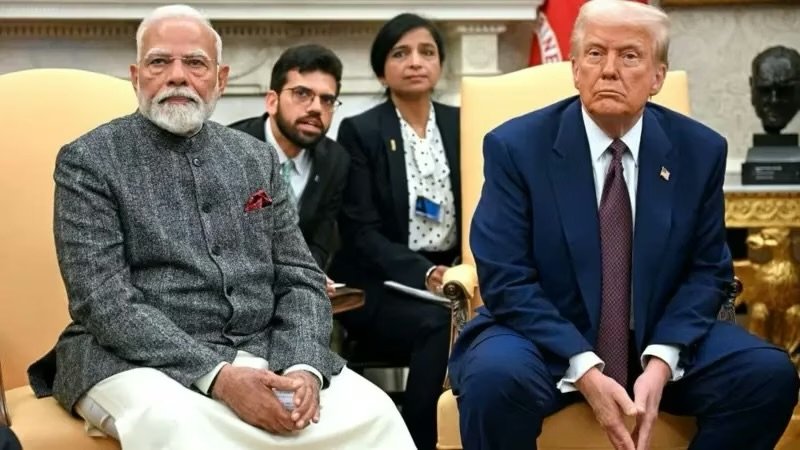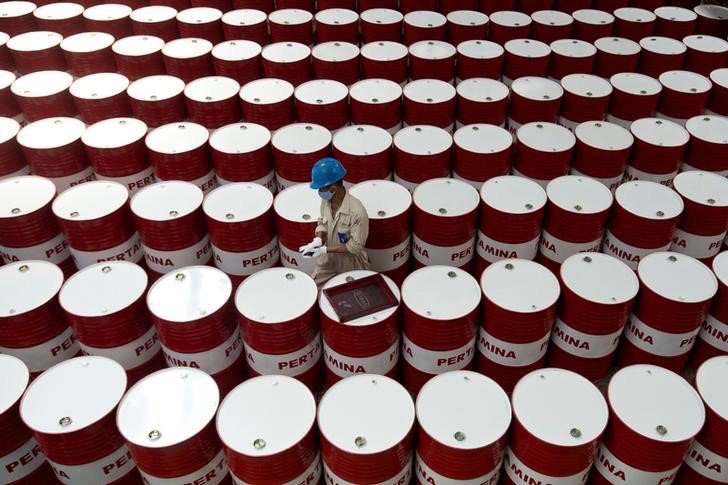With just days remaining before the self-imposed July 9 deadline by the Trump administration, the much-anticipated India-US trade deal that once promised to be “big, good, and beautiful” is now at a delicate crossroads. What started as an optimistic push for deeper economic ties between the world’s largest democracies has now become entangled in fierce negotiations, clashing priorities, and red lines that neither side is willing to cross.
A Deal Within Sight—But Still Out of Reach
Despite upbeat signals from both sides—White House Press Secretary Karoline Leavitt hinting the deal is “imminent,” and Indian Finance Minister Nirmala Sitharaman expressing readiness for a robust pact—the truth behind closed doors tells a different story. Negotiators are locked in intense last-minute discussions over key sectors, particularly agriculture, auto components, and steel tariffs.
Indian officials have even extended their stay in Washington to continue talks, but the complexity of the sticking points suggests that reaching a comprehensive deal by the deadline is increasingly unlikely. At best, experts believe a limited “mini-deal” may emerge, modeled on the recently announced US-UK trade arrangement.
The Elephant in the Room: Agriculture
Agriculture remains the most divisive issue. The United States is pushing hard for greater access to India’s vast agricultural market, especially for exports like maize, corn, soybeans, and cotton. Washington sees this sector as a vital opportunity to reduce its growing $45 billion trade deficit with India.
But for India, the stakes are deeply political and social. Over 700 million people are dependent on the rural economy, and India’s farm policies—especially Minimum Support Prices (MSP) and public procurement—are designed to protect small farmers from global price volatility. Any attempt to dilute these protections, even subtly through tariff concessions, could create widespread unrest in a nation where agriculture is still a lifeline for the majority.
“There’s simply no room to compromise on dairy, rice, or wheat,” says Ajay Srivastava of the Global Trade Research Initiative. “These are politically explosive categories.”
Non-Tariff Barriers: The Silent Deal Breakers
Apart from tariffs, the US has raised strong objections to India’s growing list of import regulations, known as Quality Control Orders (QCOs). Over 700 of these orders—part of India’s “Aatmanirbhar Bharat” or “self-reliant India” mission—are designed to promote local manufacturing and limit low-quality imports.
While India sees these as essential for consumer safety and industrial growth, the US considers them burdensome and opaque. Suman Berry of NITI Aayog has even warned that these rules, if unchecked, could become “malign interventions” hurting small Indian businesses by raising input costs and slowing down trade.
A Glimmer of Compromise: The “Mini-Deal” Scenario
Given the complexity of a full-scale Free Trade Agreement (FTA), analysts believe that a scaled-down pact is now the most realistic outcome. This mini-deal would likely involve India lowering tariffs on select U.S. industrial goods—including auto parts—and offering limited agricultural access through quotas and tariff cuts on relatively non-sensitive products like almonds, walnuts, ethanol, raisins, wine, olive oil, and spirits.
In return, the US might facilitate large-scale Indian purchases of high-value American goods such as oil, liquified natural gas (LNG), Boeing aircraft, and defense equipment. There may also be easing of rules around multi-brand retail—potentially benefiting U.S. giants like Amazon and Walmart—and discussions on allowing more re-manufactured goods into India.
Strategic Stakes Beyond Tariffs
Beyond trade, both countries have long-term strategic interests. The US wants India as a counterbalance to China’s growing influence in the Indo-Pacific. India, meanwhile, sees value in closer economic ties with the US to attract technology and defense investments.
However, the differences are now also about trade philosophies. While the Trump administration seeks market openings and reduced barriers for American goods, India is asserting its sovereign right to protect key industries and support domestic production.
“The two leaders began with a very sensible concept—capital-intensive goods from the US, labor-intensive from India,” notes Richard Rossow of the Center for Strategic and International Studies. “But that clarity seems to have faded.”
What If the Talks Fail?
If negotiations collapse, experts believe punitive action from Washington—like reinstating steep 26% tariffs on Indian imports—is unlikely. Instead, a more standard 10% baseline tariff could be imposed, similar to what 57 other countries already face under Trump-era trade reforms.
Yet even that move could strain relations. So far, only the UK has managed to secure a waiver through a deal. Targeting India may look unfair unless clearly justified by trade barriers that are viewed as protectionist in nature.
Still, Trump’s unpredictability is a factor. “With Trump, surprises can’t be ruled out,” Srivastava adds.
Conclusion: Between Idealism and Realpolitik
The India-US trade deal was initially pitched as a “big, beautiful” symbol of growing bilateral friendship and economic ambition. But now, it’s a test of diplomatic maturity and negotiation realism. Both countries have much to gain from deeper trade ties—but not at the cost of their respective domestic priorities.
As the July 9 deadline looms, a limited mini-deal seems the most probable outcome. It may not transform the trade relationship overnight, but it could build the foundation for broader cooperation in the future.
In the end, the pursuit of a “beautiful” deal might give way to something more modest—but still meaningful—in the ever-evolving India-US economic story.





